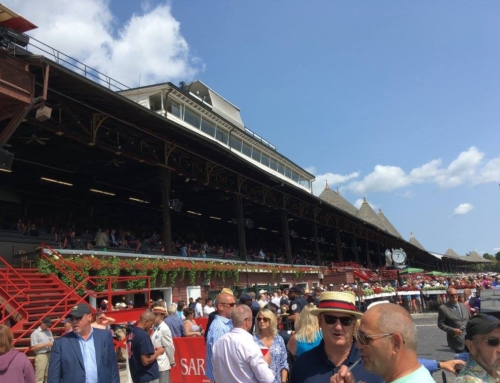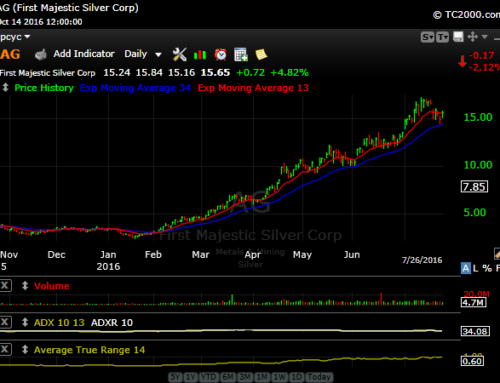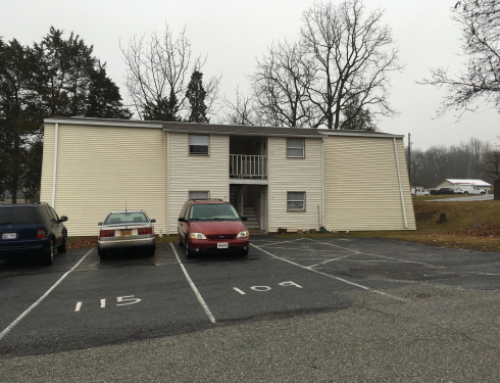For over 30 years I have paid my bills as a commercial real estate appraiser. During that span, we’ve experienced a couple significant disruptions to the commercial real estate markets prior to 2020.
It is my view that the government response to the Covid-19 pandemic will ultimately have a greater impact on commercial and investment real estate.
Back in June, I reached out to my clients to provide an indication of how appraisers needed to address the impact. At that time, we didn’t know how everything would shake out.
However, we did know that the risks to owning investment real estate had likely increased, at least in the short run.
Recently, as a follow up to that newsletter, I conducted further study.
First of all, it’s important to consider the government’s response to the pandemic. Massive fiscal stimulus was conducted in the second quarter, along with historical monetary stimulus. This has allowed the economy to stage what appears to be a V-shape recovery.
However, because of ongoing restrictions in many areas of the country, some businesses have yet to recover, and the overall unemployment rate remains well above the pre-pandemic levels.
With all that said, what is the data telling us about the effects of Covid-19 on the commercial real estate market?
Sales Activity
The most noticeable impact was the significant drop in overall sales activity in each sector. This comes as no surprise as the lockdowns in the Spring in both Pennsylvania and Maryland brought a halt to business activity of all kinds.
In the office sector, sales activity dropped from $1.2 billion in sales in the 4th quarter of 2019 to $171.6 million in the 2nd quarter of 2020. Activity rebounded a bit in the 3rd quarter to $318 million.
In the retail sector, sales activity peaked in the 3rd quarter of 2019 at $786 million, and dropped to $172.7 million in the 2nd quarter. Activity only rebounded slightly in the 3rd quarter of 2020 to $197.4 million.
The scenario repeated in the industrial and multifamily sectors, but most dramatically in sales of industrial properties. Sales volume dropped from $1.1 billion in the 1st quarter of 2020 to $226 million in the 2nd quarter, and further still to $127.4 million in the 3rd quarter.
This same general pattern repeated in the multifamily sector, except the big decline was in the 3rd quarter from $875 million in the 1st to $844 million in Q2 and then down to $329 million Q3.
Now, let’s have a look at some other performance figures for each sector.
Office Sector
It’s pretty clear by now that the office market will likely feel the longest lasting effects. Professional businesses have adapted to where many employees are able to work as efficiently from home as they were able from the office.
Anecdotally, most of my family members, including my wife, children, nieces, nephews who hold typical office jobs are working from home. As a result, in the long run, there will be less demand for office space from traditional sources.
Further, it appears that our local government no longer has use for much of the office space it owns and occupies. Most employees work from home, and in the long run, may only be required to head into the office once or twice each week.
This is also being borne out by the numbers.
In the regions that I cover, there has been negative absorption of office space for two straight quarters, and the fourth quarter of 2020 is following suit. As a result, the overall vacancy rate has ticked up from just under 10% in the first quarter to about 10.4% now.
The average market rent has also ticked down modestly from $24.35 to $24.20 per square foot. It’s hard for me to believe at this point that market rents will move higher in the foreseeable future.
Retail Sector
Not surprisingly, the retail market has been the hardest hit by the pandemic.
In the second quarter, net absorption dropped by nearly 1.4 million square feet after a 527,000 square foot drop in the first quarter. You have to go back to 2009 to see any similar such decline.
Businesses where there is significant interaction between the business and customers were hardest hit… restaurants and salons in particular.
Many of these businesses have closed permanently, and it is clear that, on a psychological level, many people will likely avoid these businesses into the foreseeable future.
To be sure, however, many of the spaces that were occupied by locally owned restaurant businesses will likely be filled by businesses with a similar model to Chipotle. Take out will be more prevalent.
So far, the decline in market rents has not been significant, from about $21.32/SF at the end of 2019 to $21.05/SF now. Also, the loss in absorption has only resulted in an overall vacancy rate of 5.4% for the sector.
With this in mind, it is my belief that the retail sector will likely recover more quickly than the office sector going forward.
Industrial Sector
The industrial sector continues to perform well. Given that we are shopping less in stores, and ordering more online, this should come as no surprise.
The number of trucks I am seeing in my travels on the interstates confirms this. I would venture to guess that truck traffic is back to pre-Covid levels.
Since the pandemic hit, net absorption is still positive. Over 5 million square feet of space has been absorbed this year.
The vacancy rate has edged up to 6.9% from 6.3% a year ago, but this is due to continued construction… over 13 million square feet of space was delivered in the last year.
The average market rent for industrial space in the region stands at $6.68/SF, an all-time high, and 4% above year ago levels.
As long as we remain in some sort of economic recovery, the industrial sector should continue to outperform.
Multifamily Sector
Earlier this year, my big worry was the impact of Covid-19 on the multifamily sector. With millions of people losing their jobs, there was a strong possibility of missed rental payments and higher vacancies.
Many of the landlords I’ve spoken with over the last six months indicated there was only a minor hiccup in missed rental payments in the Spring.
Overall, the multifamily sector continues to perform well. The overall vacancy rate has actually declined in the last year and it currently stands at 5.3%, down from 5.5% a year ago, and down from the first quarter.
Market rents have risen 1.4% in the last year.
With that said, Costar forecasts some headwinds going into 2021, so we’ll see if that pans out.
A 2nd Wave of Covid-19
It’s clear by now that we are experiencing a second wave of Covid-19. This was to be expected as we are now entering cold and flu season.
The key question will be how our political leaders handle the situation. In Europe, significant lockdowns are being enforced, and we’ve seen the same here earlier in the year.
A second major lockdown could tip the U.S. into a double dip recession, regardless of who wins this week’s election.
As I’ve stated in the past, the performance of commercial real estate tends to be more correlated to the performance of the economy than anything else.
With that in mind, we’ll need to pay close attention to leading economic indicators over the next couple months.
On a positive note, just this morning, Pfizer has announced some pretty significant results with its vaccine (interesting timing, six days after the election). The company indicates up to 15 million doses will be available in the coming months.
Election 2020
Speaking of the election, it appears that there will be a new sheriff in town as Joe Biden appears to have won the election. It will be interesting to see which of Trump’s economic policies Biden seeks to reverse.
The bottom line with commercial real estate is this… so goes the economy, so goes commercial real estate.
While the stock market loves the news of the Pfizer vaccine, the Treasury market is taking it on the chin. The Treasury market sees inflation on the horizon, as a result of all the economic stimulus that will be coming down the pipeline in coming weeks.
Given the huge amount of debt we already have, the US Dollar has already weakened quite a bit in the last six months.
On the flip side, the Gold futures, usually a barometer of inflation, are down $80 this morning.
We’ll see how it all shakes out in the coming weeks and months.





Leave A Comment